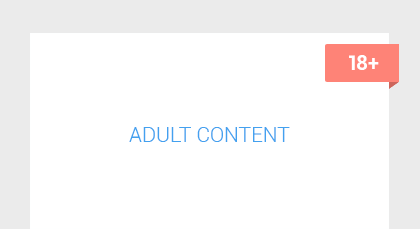Page Load Speed
3 sec in total
First Response
271 ms
Resources Loaded
2.3 sec
Page Rendered
385 ms

About Website
Visit aid-portal.com now to see the best up-to-date Aid Portal content and also check out these interesting facts you probably never knew about aid-portal.com
Visit aid-portal.comKey Findings
We analyzed Aid-portal.com page load time and found that the first response time was 271 ms and then it took 2.7 sec to load all DOM resources and completely render a web page. This is a poor result, as 50% of websites can load faster.